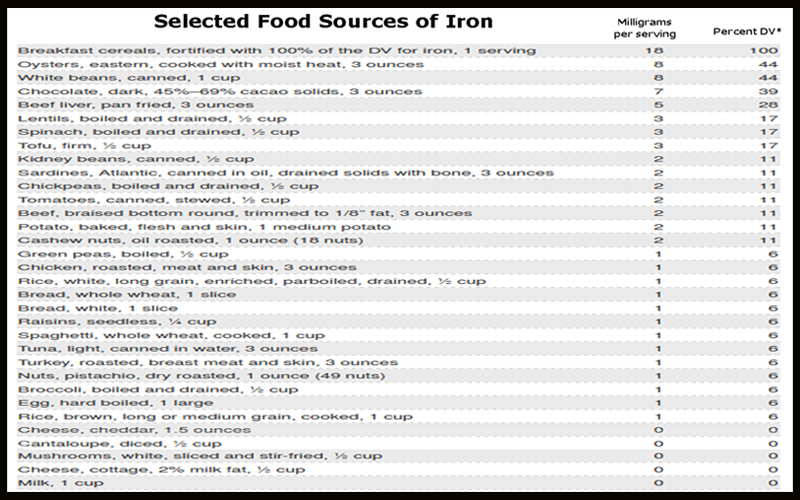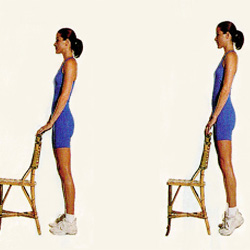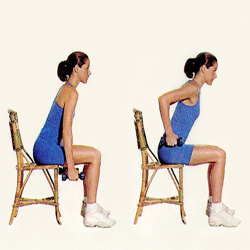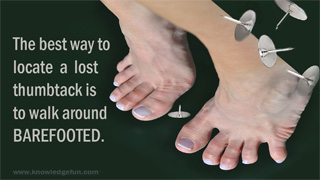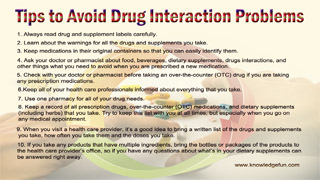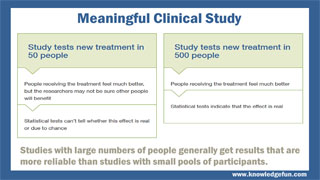Iron is an essential trace mineral in the human body. Adult human body contain approximately 4.5 grams of iron, with 60 to 70 percent of it contained in hemoglobin, about 3 percent in myoglobin, and the reminder is stored in various organs.
Without enough iron, your body can't produce enough hemoglobin and myoglobin. Hemoglobin is a substance (heterotetrameric oxygen transport protein) in red blood cells (erythrocytes) that enables them to carry oxygen. A healthy individual has 12 to 20 grams of hemoglobin in every 100 ml of blood. As a result, iron deficiency anemia may leave you tired and short of breath.
Myoglobin is a monomeric oxygen-binding protein found mainly in in the skeletal muscle tissue of vertebrates in general and in almost all mammals. Myoglobin serves as an intracellular storage site for oxygen.
Woman in particular may be deficient in iron. Iron deficiency is common for women with menstrual blood loss and pregnancy.
Iron deficiency is often associated with fatigue and anemia. Iron deficiency is common for people with traumatic blood loss, micro-hemorrhaging due to strenuous exercise or fragile blood vessels, and decreased iron absorption such as in celiac disease. It is also common for people with high intake of oxalates (e.g. rhubarb, beets, beet greens, spinach), pholyphenolic compounds (e.g. coffee and tea), and phytates (e.g. cereal fibre, legumes) which can inhibit iron absorption.
According to WHO (World health Organization) "Iron deficiency is the main cause of anemia, which is the most prevalent nutritional deficiency worldwide, affecting 33% of non-pregnant women, 40% of pregnant women, and 42% of children worldwide."
Symptoms of iron deficiency are: fatigue, shortness of breath, chest pain, paleness, fast heartbeat, apathy, headache, irritability, brittle nails, inflammation or soreness of tongue, and reduced resistance to infection.
Excess iron is common with older man and post-menopausal women. Symptoms of excess iron are: low blood sugar, dehydration, low blood pressure, drowsiness, and fever. Also extremely high doses of iron or the generic predisposition to accumulate iron have the potential to damage tissues.
Did You Know?
Note: Iron deficiency or anemia isn't something to self-diagnose or treat. See health professional for a diagnosis, tests, and treatment. Never take iron supplements on your own. Overloading your body with iron can be dangerous because excess iron accumulation can cause health complications and damage your liver.



